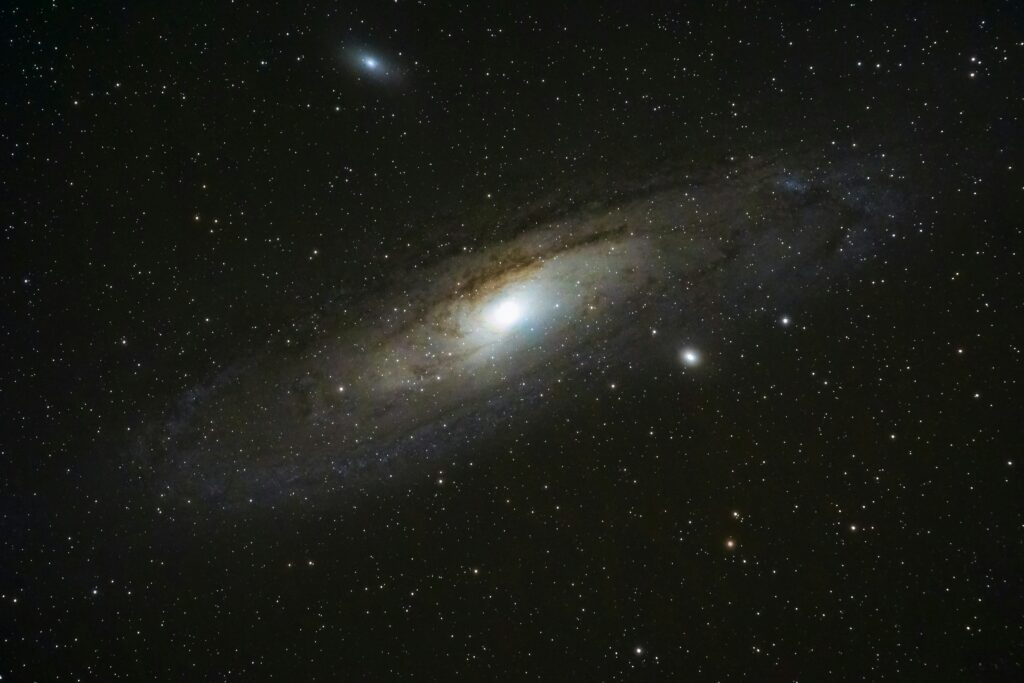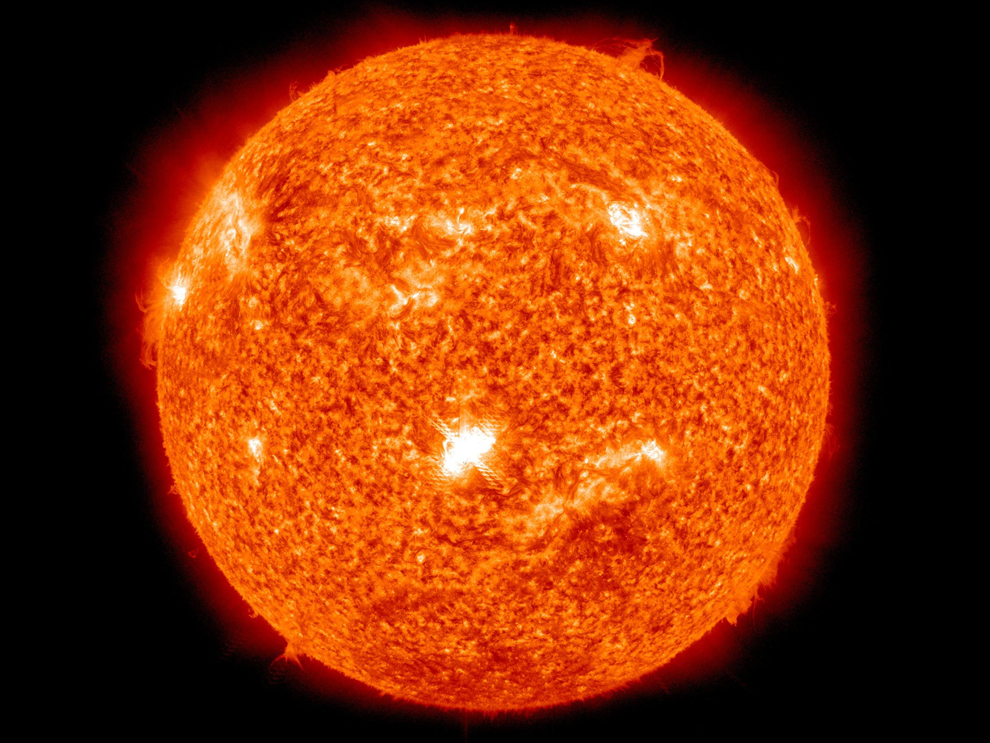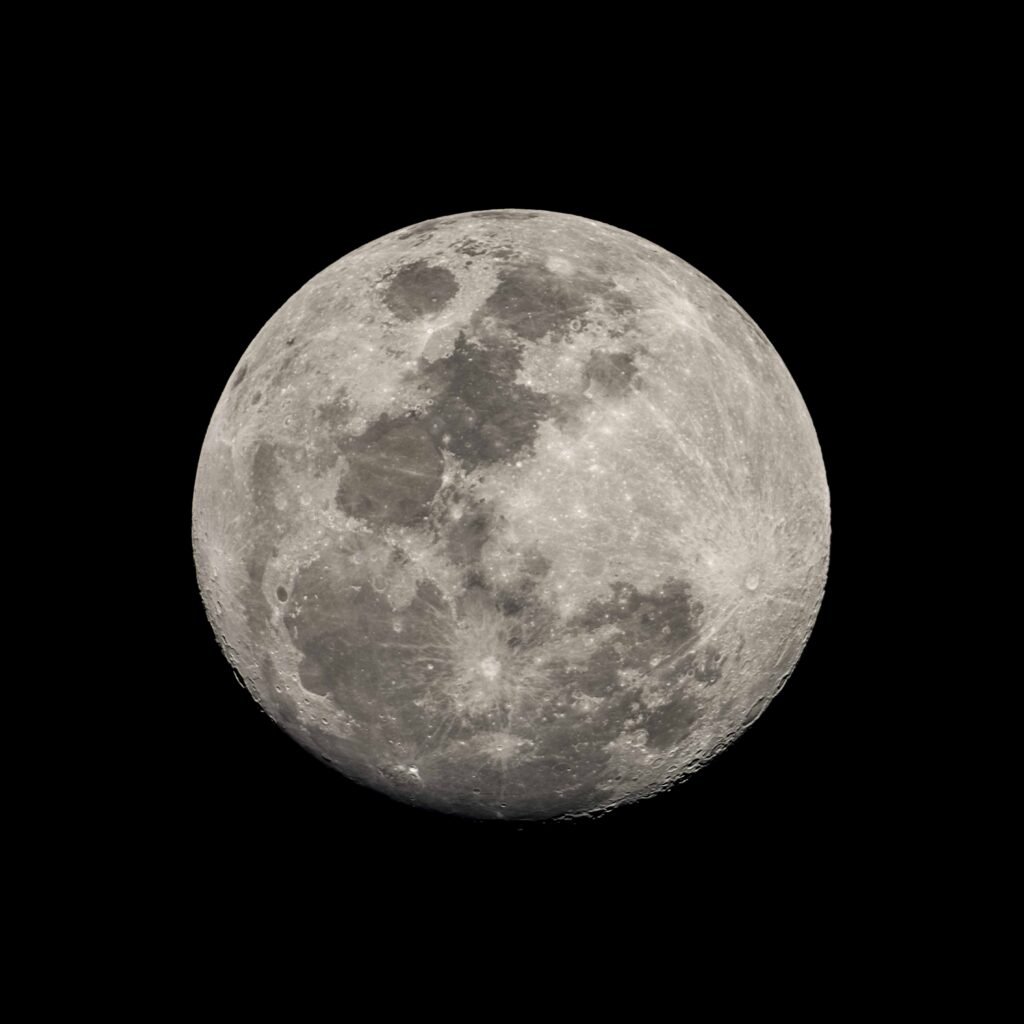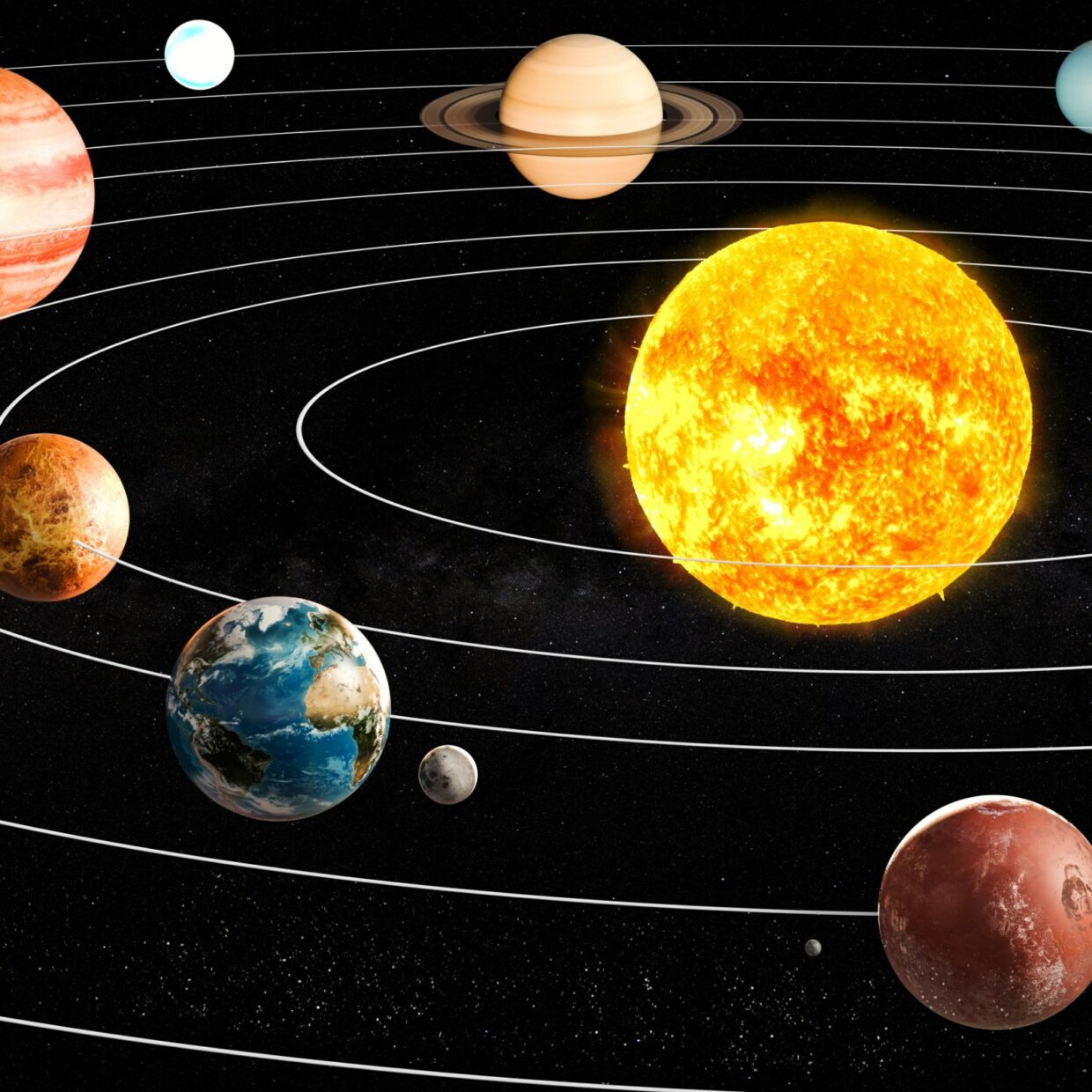The Solar System, and Space as a whole has always been an interest of mine! In my free inquiry project, I will be documenting my learning each week, specifically focusing on aspects such as planets, the sun, the moon, and space exploration. This week, I spent time gathering broad, foundational information on the entirety of the system.
The solar system formed approximately 4.6 billion years ago from a massive, rotating cloud of gas and dust known as the solar nebula. The collapse of this nebula was triggered by a nearby supernova or a shockwave from a passing star. As the nebula contracted, it began to spin, and most of the material gathered at the center to form the Sun. The remaining gas and dust flattened into a rotating disk, from which planets and other celestial bodies formed.

Photo by Bryan Goff on Unsplash
Basic Structures of the Solar System
At the center of the Solar System, the Sun, is a G-type main-sequence star. It comprises about 99.8% of the total mass of the solar system. A blazing sphere of searing plasma, is the radiant powerhouse at the heart of our solar system. Its relentless nuclear fusion processes generate light and heat, providing the energy essential for life on Earth. This luminous celestial giant, with a diameter over 100 times that of our planet, dictates the rhythm of our solar system, steering the orbits and influencing the atmospheric dynamics of its cosmic companions.

National Geographic Science: Sun Photos
Inner Planets (Terrestrial Planets):
- Mercury: The closest planet to the Sun, Mercury is a small, rocky world with extreme temperature variations.
- Venus: Known for its thick atmosphere and runaway greenhouse effect, Venus is similar in size and composition to Earth.
- Earth: Our home planet, Earth is the only known celestial body to support life.
- Mars: The “Red Planet” is characterized by its iron-rich soil and features such as Olympus Mons, the largest volcano in the solar system.
Gas Giants (Outer Planets):
- Jupiter: The largest planet in the solar system, Jupiter is a gas giant with a strong magnetic field and a prominent system of rings.
- Saturn: Known for its stunning ring system, Saturn is another gas giant with a diverse collection of moons.
- Uranus: An ice giant with a unique sideways rotation, Uranus has a bluish tint due to the presence of methane in its atmosphere.
- Neptune: The farthest known planet from the Sun, Neptune is an ice giant with powerful winds and a dynamic atmosphere.
The Moon, Earth’s constant companion, lights up our nights with its gentle glow. Though airless and desolate, its cratered surface tells a story of celestial history. The Moon’s gravitational dance with Earth influences our tides, creating a celestial connection that has captivated observers and poets throughout time.

